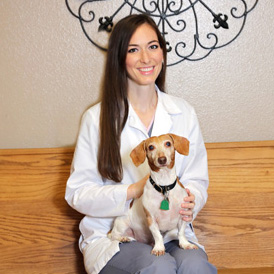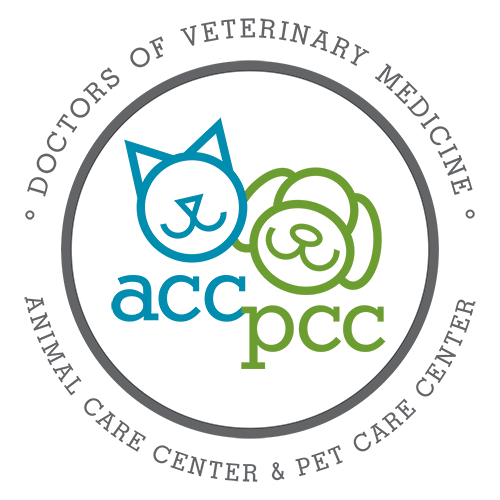The Doctor Will See You Now

We’ve all made appointments for our doctors, dentists, or veterinarians and ended up having to wait 20 minutes or longer to be seen. Why is that? What’s the point of even making an appointment if the doctor is going to be late anyway?
Veterinary medicine is similar to human medicine in that you can’t plan for emergency situations. A full appointment schedule is often thrown behind because of a puppy that was hit by a car or a cat that has just returned home in terrible shape after being missing for several weeks. Emergencies happen… often. Emergencies cannot be planned for and often take priority over healthy patients. The term for this is “triage”. A cat who is having trouble breathing is going to be treated before a dog with an appointment for itchy ears. This doesn’t mean that Beaux’s itchy ears are not important or your time is not valued. Appointments are next priority. Walk-ins will be seen as doctors become available. On busy Saturday mornings this means that walk-ins will often have to wait.
Veterinary medicine differs from human medicine in that our patients cannot tell us what’s wrong or where it hurts. Veterinarians are heavily dependent on diagnostic testing to achieve a definitive diagnosis. Diagnostics are tests such as bloodwork, radiographs (xrays), ultrasound, fecal samples, urinalysis, needle biopsies, skin scrapes, and anything involving a microscope. These tests take time to run and interpret. Once a diagnosis is achieved the doctor will present treatment options for the owner and together they will come up with a game plan on what to do next.
Here are some tips on minimizing wait times:
Make An Appointment.
Walk-ins are always welcome into our clinics but please be prepared for a wait. Ideally, walk-ins should be reserved for emergency or urgent situations whenever possible.-Come in 5-10 minutes early. This allows us time to prepare for the appointment. Vaccines and medications are prepared for your pet immediately before their appointment. This usually takes a few minutes.
Fill out paperwork ahead of time.
New clients and boarding agreements will have to be filled out with your most current contact information. Here is a link for a few of those forms: http://www.vethammond.com/forms.aspx
Be complete and specific when booking an appointment.
When scheduling an appointment, mention to the receptionist ALL the issues at hand. Another reason veterinarians fall behind is because an appointment was made for “check eye” but failed to mention hair loss, frequent urination, and occasional vomiting. Each of those symptoms can be caused by different issues and it’ll take time to come up with a treatment plan for each of those. Also, be sure to mention if you will be bringing in more than one pet at a time so we can allot the correct amount of time on the schedule.
Avoid scheduling peak times.
Early mornings, right before closing, and Saturdays are the busiest times. Tuesdays and Thursdays tend to be a bit more relaxed.
Call ahead for refills.
If you see that your pet’s medication is running low, call a day or two in advance. This can give the doctors time to review the chart and determine if bloodwork is current and to be sure we have the medicine in stock. It also means that you don’t have to wait for someone to count out and split 90 pills!
Drop off your pet for the day.
If you have a hectic schedule and cannot wait, take advantage of boarding your pet for the day (at no additional charge) and the doctors will work them in as they become available. Don’t forget to leave a reliable phone number so the doctor can call with questions.
Come prepared to answer questions.Bring in a “list” if you are not the primary caretaker of the pet being seen.
Many pet owners cannot make it into the office due to work or conflicting appointments. It is more difficult for veterinarians to diagnose appropriately when the primary caretaker isn’t present to answer health-related questions. Bring in a detailed paper with as much information as possible including brand of dog food, heartworm and flea prevention, current medications, changes in appetite, changes in litterbox habits, and a thorough description of the issue the animal is being seen for. If you do find yourself waiting at Animal Care Center or Pet Care Center, please know that it’s probably not our fault. It’s the fault of a dog who ate half a tray of brownies when his owner went outside to check the mail!!!
